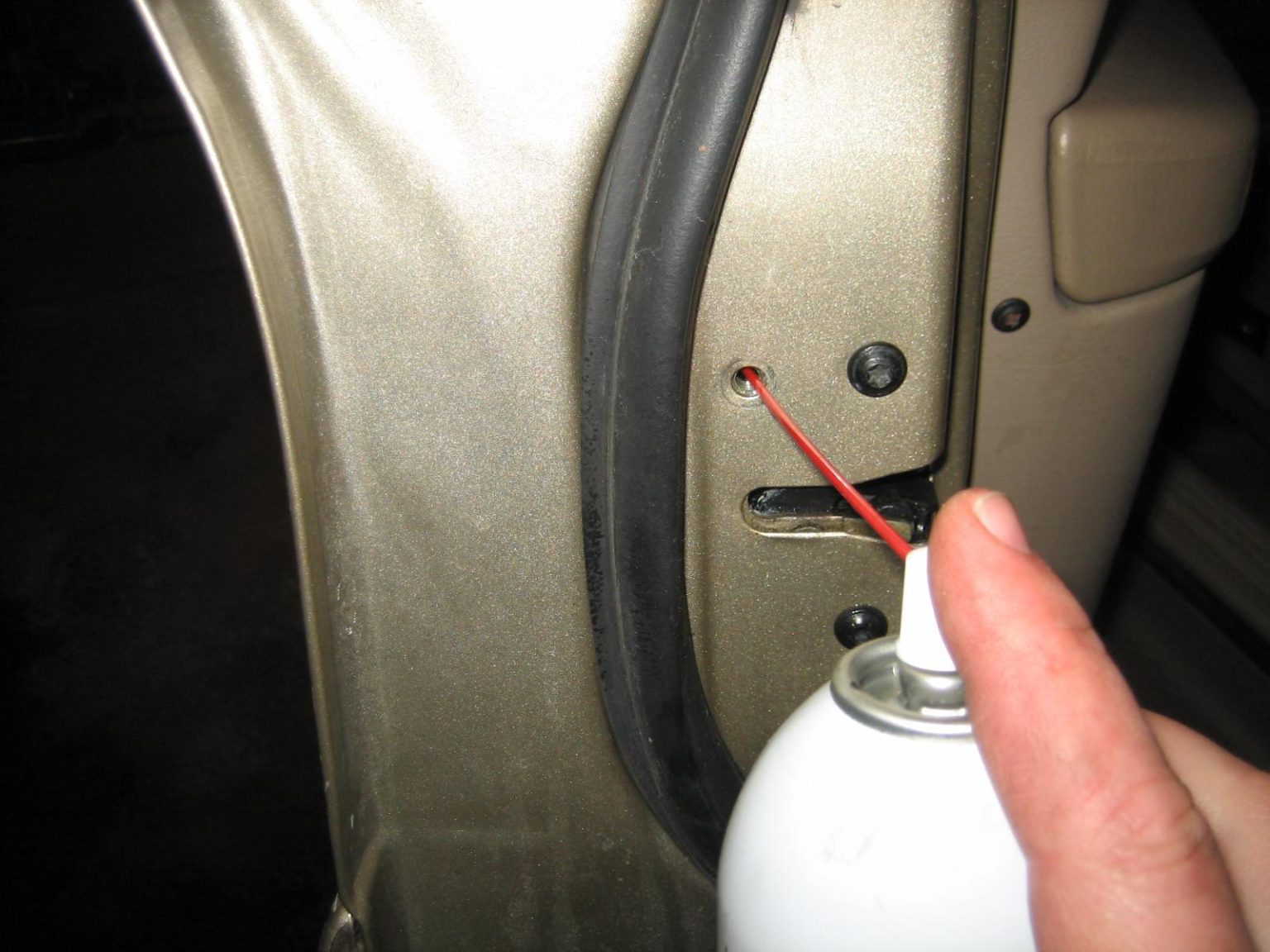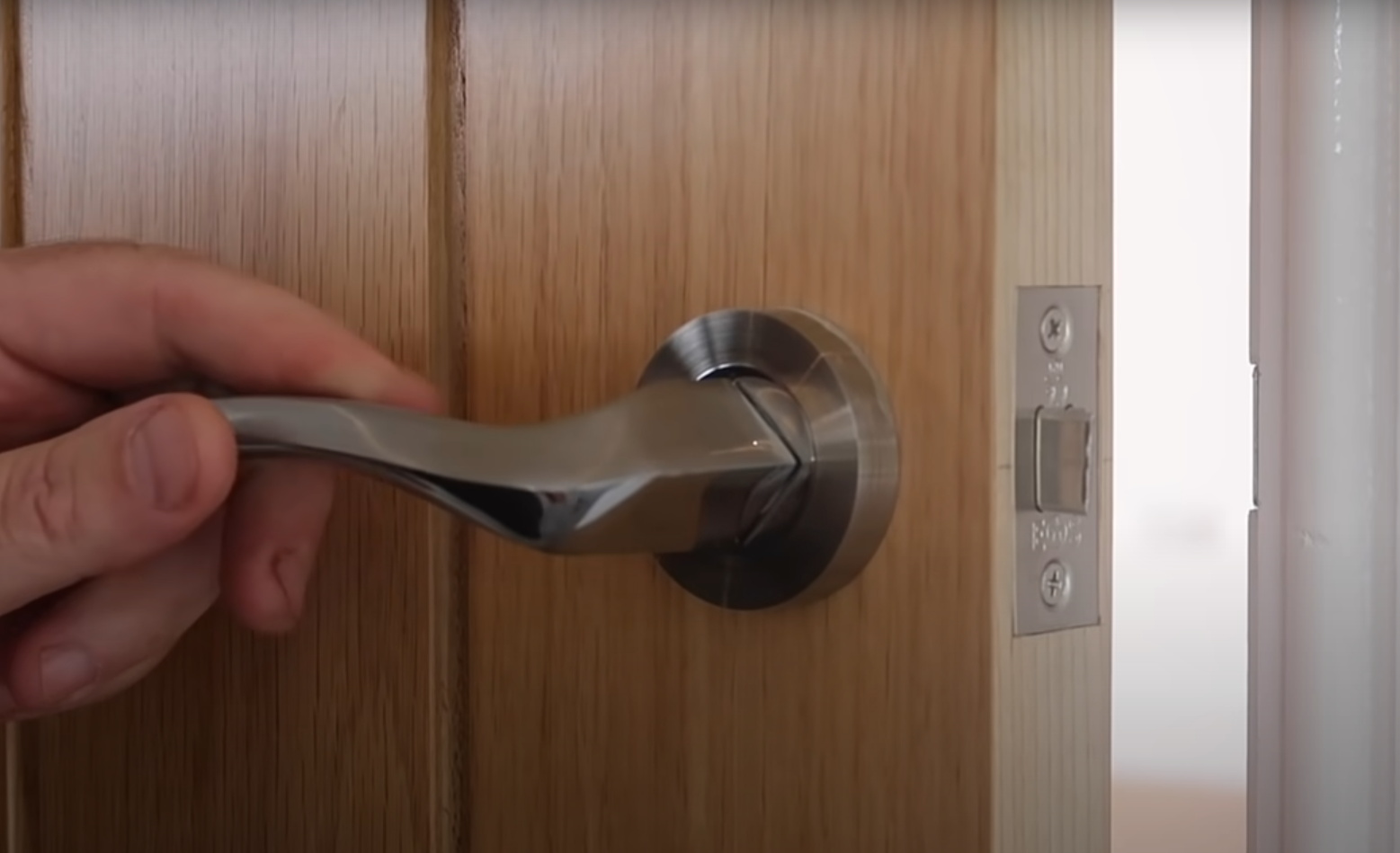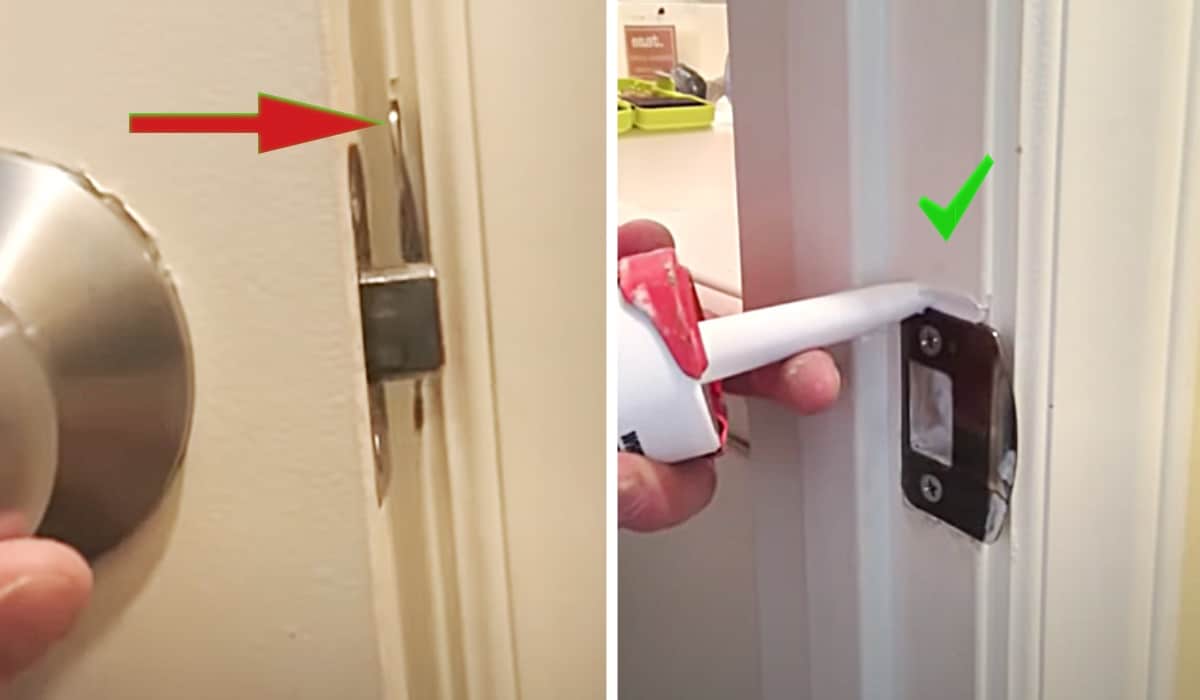Common Causes of a Bedroom Door Not Latching

A bedroom door that won’t latch can be a frustrating issue. It can compromise privacy and security, and even make it difficult to keep your room at a comfortable temperature. The problem could stem from a variety of factors, but most often, it boils down to issues with the latch mechanism, the strike plate, the door frame, or the door itself.
Latch Mechanism Issues
The latch mechanism is the heart of the door’s locking system. It’s responsible for engaging with the strike plate and securing the door. If the latch mechanism is damaged or worn out, it may not be able to engage properly.
- Worn-out Latch Bolts: Over time, the latch bolts can become worn down, making it difficult for them to fully extend and engage with the strike plate. This can happen due to frequent use or if the bolts are made of low-quality material.
- Broken Latch Spring: The latch spring provides the necessary tension for the latch to engage with the strike plate. If the spring breaks, the latch may not have enough force to fully engage, resulting in a door that won’t latch.
- Misaligned Latch: The latch mechanism needs to be perfectly aligned with the strike plate for proper engagement. If the latch is misaligned, it may not be able to fully engage with the strike plate, causing the door to not latch.
Strike Plate Issues
The strike plate is the metal plate mounted on the door frame that the latch engages with. A damaged or misaligned strike plate can also cause latching problems.
- Worn-out Strike Plate: The strike plate can become worn out over time, making it difficult for the latch bolts to fully engage. This can be due to frequent use or if the strike plate is made of low-quality material.
- Misaligned Strike Plate: The strike plate needs to be perfectly aligned with the latch mechanism for proper engagement. If the strike plate is misaligned, the latch may not be able to fully engage, causing the door to not latch.
- Damaged Strike Plate: A damaged strike plate, such as a bent or cracked plate, can prevent the latch from engaging properly. This can be caused by impact, such as a door slamming against the frame.
Door Frame Issues
The door frame provides the structural support for the door and the strike plate. A damaged or misaligned door frame can cause latching problems.
- Worn-out Door Frame: Over time, the door frame can become worn out, causing the strike plate to become misaligned. This can be due to frequent use or if the door frame is made of low-quality material.
- Misaligned Door Frame: A misaligned door frame can cause the strike plate to be out of alignment with the latch mechanism. This can be caused by settling of the house, impact, or improper installation.
- Damaged Door Frame: A damaged door frame, such as a cracked or warped frame, can cause the strike plate to be out of alignment with the latch mechanism. This can be caused by impact, such as a door slamming against the frame.
Door Issues
The door itself can also contribute to latching problems.
- Warped Door: A warped door can cause the latch mechanism to be out of alignment with the strike plate. This can be caused by moisture, temperature fluctuations, or improper installation.
- Loose Door Hinges: Loose door hinges can cause the door to sag, making it difficult for the latch to engage with the strike plate. This can be caused by wear and tear or improper installation.
- Damaged Door: A damaged door, such as a dented or cracked door, can cause the latch mechanism to be out of alignment with the strike plate. This can be caused by impact, such as a door slamming against the frame.
Troubleshooting and Repair Techniques

Bedroom door won t latch – Once you’ve identified the potential causes of your bedroom door not latching, it’s time to delve into troubleshooting and repair techniques. This involves a systematic approach, starting with a visual inspection and progressing to functional tests. By understanding the common latching problems and their solutions, you can effectively address the issue and restore the functionality of your door.
Visual Inspection
A thorough visual inspection is the first step in diagnosing the problem. This involves examining the latch mechanism, door frame, and strike plate for any signs of wear, damage, or misalignment.
- Inspect the latch mechanism: Check for any bent or broken parts, including the latch bolt, the latch plate, and the strike plate. Look for signs of wear or damage on the latch bolt itself, which could be preventing it from engaging properly with the strike plate.
- Examine the door frame: Check for any warping or damage to the door frame that could be preventing the door from closing flush. Look for signs of loose screws or fasteners that may have come loose over time.
- Observe the strike plate: Ensure the strike plate is properly aligned with the latch bolt. Look for any damage or misalignment that could be preventing the latch bolt from engaging properly.
Functional Tests
After the visual inspection, perform functional tests to further diagnose the problem. These tests help determine the specific issue preventing the door from latching properly.
- Test the latch bolt: Manually operate the latch bolt by pressing it in and out. Observe if it moves freely and engages with the strike plate without any resistance. If the latch bolt is stiff or doesn’t engage smoothly, it may be bent or damaged.
- Check for loose hinges: Open and close the door, paying attention to the hinges. If the door sags or swings unevenly, the hinges might be loose. Tighten the screws on the hinges to see if this resolves the latching problem.
- Assess the door frame alignment: If the door doesn’t close flush, the door frame might be misaligned. Use a level to check if the door frame is plumb and square.
Common Latching Problems and Solutions
Understanding the common latching problems and their corresponding solutions is crucial for effective troubleshooting and repair. The following table Artikels some of the most frequent issues and their remedies:
| Problem | Solution | Bent or damaged latch bolt | Replace the latch bolt with a new one. | Worn or damaged strike plate | Replace the strike plate with a new one. | Misaligned strike plate | Adjust the strike plate to align it with the latch bolt. | Loose door hinges | Tighten the screws on the door hinges. | Warped or damaged door frame | Replace the damaged section of the door frame or consider replacing the entire door frame. | Loose door handle | Tighten the screws on the door handle. | Broken door handle | Replace the door handle with a new one. |
|---|
Illustration of the Latch Mechanism
The latch mechanism is a critical component of a door’s locking system. It consists of several key parts that work together to secure the door. Here’s a visual representation of the latch mechanism, highlighting its key components and functions:
[Image Description: A detailed illustration of a latch mechanism. The illustration showcases the following components: latch bolt, latch plate, strike plate, door handle, and door frame. Arrows indicate the movement of the latch bolt as the door handle is turned. The latch bolt extends from the latch plate and engages with the strike plate when the door is closed, securing the door. The door handle is attached to the latch plate and controls the movement of the latch bolt.]
Preventive Measures and Maintenance: Bedroom Door Won T Latch

Preventing future latching issues is crucial for ensuring the smooth functioning of your bedroom door. By implementing simple preventative measures and performing regular maintenance, you can significantly reduce the likelihood of encountering latching problems. This involves understanding the importance of cleaning, lubricating, and inspecting the door and its components.
Regular Cleaning and Lubrication
Cleaning and lubricating the latch mechanism is essential for its smooth operation. Dust, dirt, and debris can accumulate over time, hindering the latch’s movement and causing it to stick or jam.
- Regularly clean the latch mechanism using a soft brush or a vacuum cleaner with a brush attachment. This removes accumulated dust and debris.
- Apply a light coat of lubricant, such as WD-40 or silicone spray, to the latch bolt, strike plate, and hinges. This reduces friction and ensures smooth movement.
- Avoid using excessive lubricant, as it can attract dirt and create a sticky mess.
Door and Frame Inspection, Bedroom door won t latch
Regular inspection of the door and frame is vital for maintaining proper alignment and function. Over time, the door and frame can shift or warp, leading to latching problems.
- Check for any loose screws in the hinges, strike plate, and door handle. Tighten them as needed to ensure secure attachment.
- Inspect the door for any warping or bending. If you notice any, consider adjusting the hinges or replacing the door.
- Examine the strike plate for any damage or misalignment. If necessary, adjust the strike plate or replace it.
High-Quality Hardware and Proper Usage
Using high-quality hardware and avoiding excessive force when opening and closing the door can significantly extend its lifespan and prevent latching issues.
- Invest in durable and well-constructed door hardware, including hinges, latches, and handles. This ensures long-lasting performance and reduces the risk of premature wear and tear.
- Avoid slamming the door shut, as this can damage the latch mechanism and lead to misalignment. Instead, close the door gently and ensure it latches securely.
Right, so my bedroom door’s playing up again – won’t latch properly, you know? I’m thinking maybe a bit of DIY is in order, but first, I need inspiration. How about a peach and rose gold bedroom ?
Imagine that with a perfectly functioning door – absolute bliss, right? Anyway, back to the latch…
Right, so my bedroom door’s playing up again, won’t latch properly. I’m thinking of giving my room a makeover, maybe a lavender and gold bedroom would be ace. But first, I need to sort out this door. Can’t have a swanky room with a dodgy door, can I?